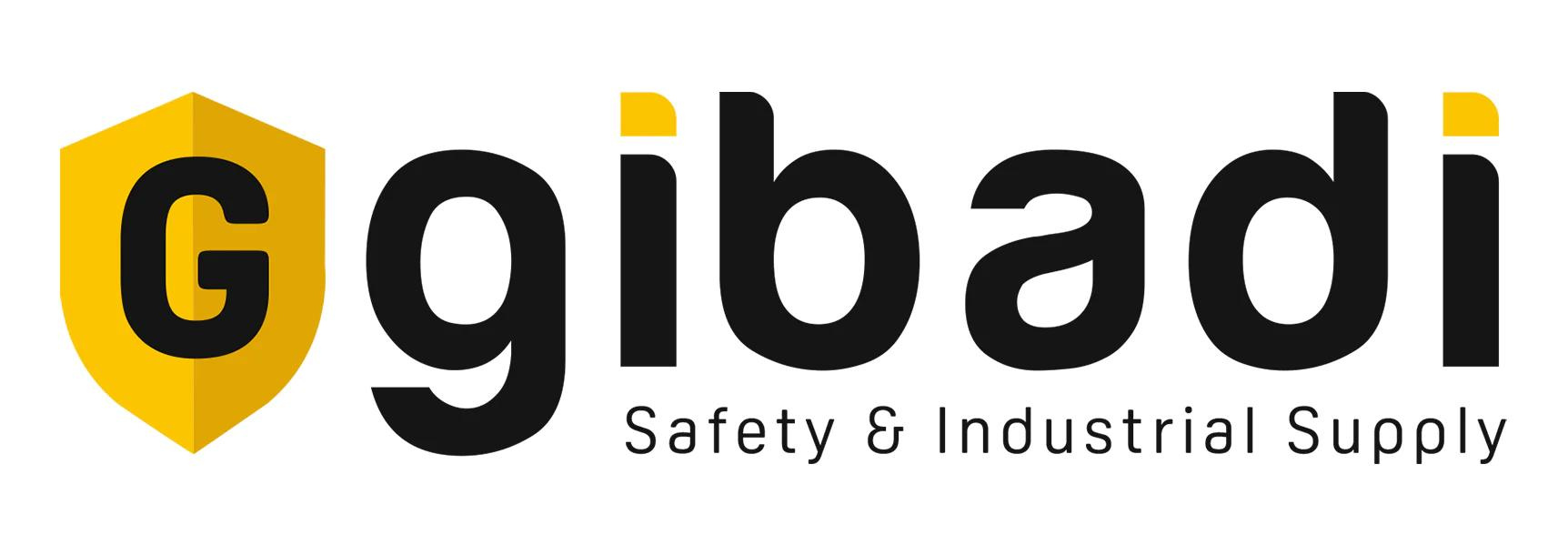In industrial, manufacturing, and laboratory environments, hazards are an everyday reality. From moving machinery and chemical spills to electrical risks and restricted areas, employees are constantly exposed to potential dangers. One of the most effective yet often overlooked tools for mitigating these risks is safety signage.
At Gibadi, Nigeria’s leading supplier of industrial safety equipment, cleaning tools, power tools, and labeling solutions, we understand how proper safety signage can protect workers, enforce compliance, and foster a culture of safety.
Why Safety Signage Matters
Safety signage serves as a visual communication tool that alerts employees, visitors, and contractors to potential hazards. Its importance cannot be overstated:
-
Immediate hazard awareness: Clear signs provide instant recognition of risks, reducing reaction time in critical situations.
-
Legal compliance: Many safety regulations, including OSHA and ISO 45001 standards, require proper hazard identification and signage in the workplace.
-
Behavioral guidance: Signs instruct employees on required actions, such as wearing PPE, maintaining safe distances, or following restricted area protocols.
Types of Safety Signage in Industrial Workspaces
Industrial workplaces require a variety of signage to address different risks. Common types include:
-
Warning Signs: Alert workers to potential hazards, such as high voltage, flammable materials, or moving machinery.
-
Mandatory Signs: Indicate required safety measures, like wearing helmets, gloves, or protective eyewear.
-
Prohibition Signs: Highlight actions that are forbidden in certain areas, such as “No Smoking” or “Do Not Enter.”
-
Emergency Information Signs: Provide directions to exits, first aid kits, fire extinguishers, and assembly points.
-
Calibration and Equipment Labels: Identify instruments that require periodic calibration to maintain accuracy and safety.
How Safety Signage Reduces Workplace Accidents
1. Prevents Human Error
Even experienced workers can overlook hazards. Safety signs serve as constant reminders, guiding employees to take the correct precautions.
2. Enhances Emergency Response
Clearly visible emergency signage ensures that employees know how to respond quickly during fire, chemical spill, or equipment malfunction situations.
3. Supports a Safety-First Culture
Consistent use of signage reinforces safety policies and encourages workers to remain vigilant, reducing complacency and unsafe practices.
Best Practices for Implementing Safety Signage
To maximize the effectiveness of safety signage:
-
Use High-Quality Materials: Signs must withstand industrial conditions, including moisture, chemicals, and heavy handling.
-
Ensure Visibility: Place signs at eye level, near hazards, and in well-lit areas for maximum impact.
-
Follow Standardized Colors and Symbols: Consistency improves recognition and comprehension.
-
Regularly Inspect and Update Signs: Replace faded, damaged, or outdated signs to maintain clarity.
-
Integrate Labels and Tags: Combine signage with Gibadi’s labeling solutions to provide detailed hazard information and calibration status of equipment.
Gibadi’s Safety Signage Solutions
Gibadi offers a wide range of industrial-grade safety signage designed to protect your workforce and comply with regulatory standards:
-
Durable warning, mandatory, and prohibition signs
-
Emergency exit and first aid signs
-
Customizable labels for machinery, chemicals, and calibrated equipment
-
High-visibility materials suitable for indoor and outdoor environments
With Gibadi, organizations can ensure that their safety signage is not just compliant but also highly effective in preventing accidents.














